From the outset of this project, we have been careful to maintain a complete archive of our research. Notes, photographs, digital models and various versions of our design hypotheses have all been retained for future use, enabling us to achieve a high level of transparency for our research process. During our AHRC-funded project, we were able to expand our archive into a publicly accessible online resource through the Archaeology Data Service. This has allowed us to make our data available for anyone to download, including our raw laser scans as well as a sizeable proportion of our point clouds, mesh models and orthophotos.
Archaeology Data Service
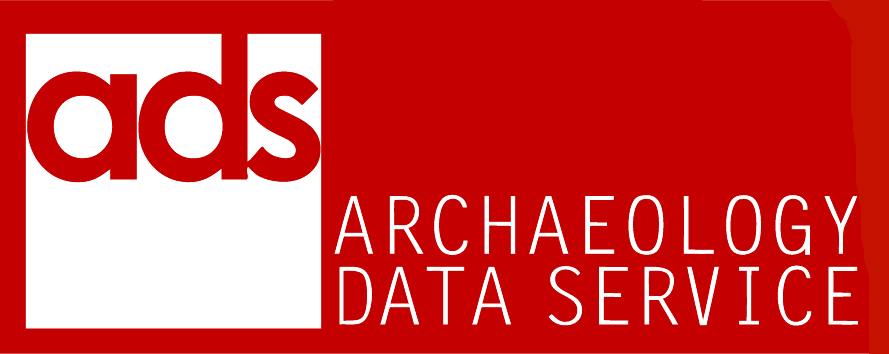
Founded in 1996 at the University of York, the Archaeology Data Service (ADS) is an open access digital archive for hosting archaeological research. The ADS hosts a wide variety of different types of data, including reports, publications, photographs and scan data. These are stored in a searchable online repository, allowing them to be downloaded anywhere in the world.
Preparing data for the ADS was a critical aspect of our AHRC funded project. For each of our case study sites we uploaded the laser scan data in two formats: FLS (the proprietary format for the manufacturer of our laser scanners, Faro) and E57 (an internationally recognised standard 3D imaging format). In addition, we uploaded a series of orthophotos generated from the scan data, specifically plans and a selection of sections for each site. This usually consisted of a longitudinal section along the central vessel of the building and a transverse section through the middle of the transept, as well as additional sections highlighting significant features of the building such as Lady Chapels, cloisters or Chapter Houses. Lastly, we uploaded mesh models and point cloud models of selected bays for each of our sites, providing a comprehensive sample of our research data.
We also produced a range of finding aids, both for the ease of the viewer and as a guide for future researchers. These consist of a set of plans marking down the positions of our sections, the locations of our mesh and point cloud models and the locations at which our scans were taken. When the files were uploaded, we also submitted metadata in accordance with the OAIS Information Model. This is a metadata framework intended to support the preservation of digital objects in online archives, specifically through precise descriptions of their contents, provenance and the context of their creation.
All of the data uploaded to the ADS is publicly accessible and available for download by anyone for any non-commercial purpose. This provides a flexible resource which could be useful for a variety of purposes, including the work of archaeologists, cathedral architects, academic researchers, students and educators at all levels.
Liverpool Research Data
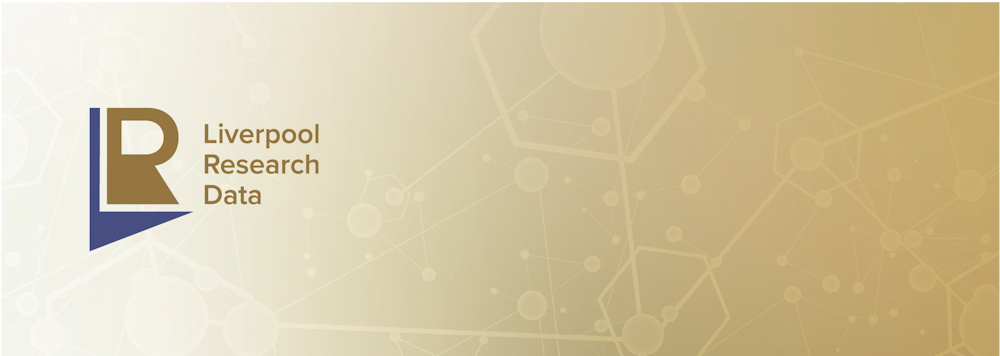
In addition to the Archaeology Data Service, we have also stored all of our data on a research drive at the University of Liverpool. The Liverpool Research Data service provides storage for all data relating to an academic project for a minimum of ten years, though this can be extended if desirable. All of our laser scans, mesh models, point cloud models and orthophotos are stored in this format, making them readily accessible for future work and ensuring long term transparency regarding our research process.
Whilst the resulting archive contains more information than the files uploaded to the ADS, it is not an open access resource. Yet though this additional data cannot be downloaded directly by the public, we are quite willing to share it on the basis of individual requests. The resources which we have produced are not intended simply to be the end result of our research, but rather an open-ended starting point for further projects.
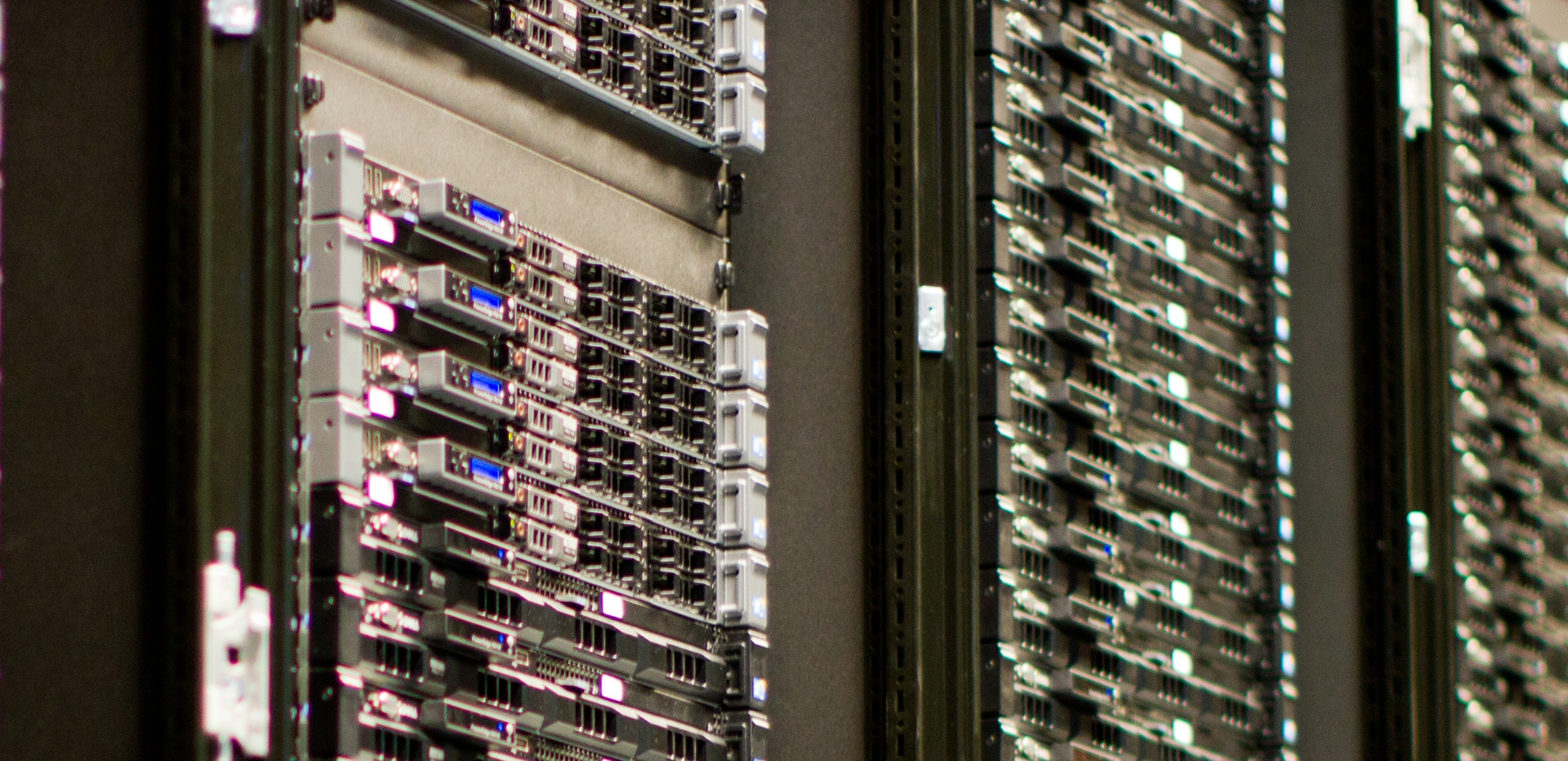
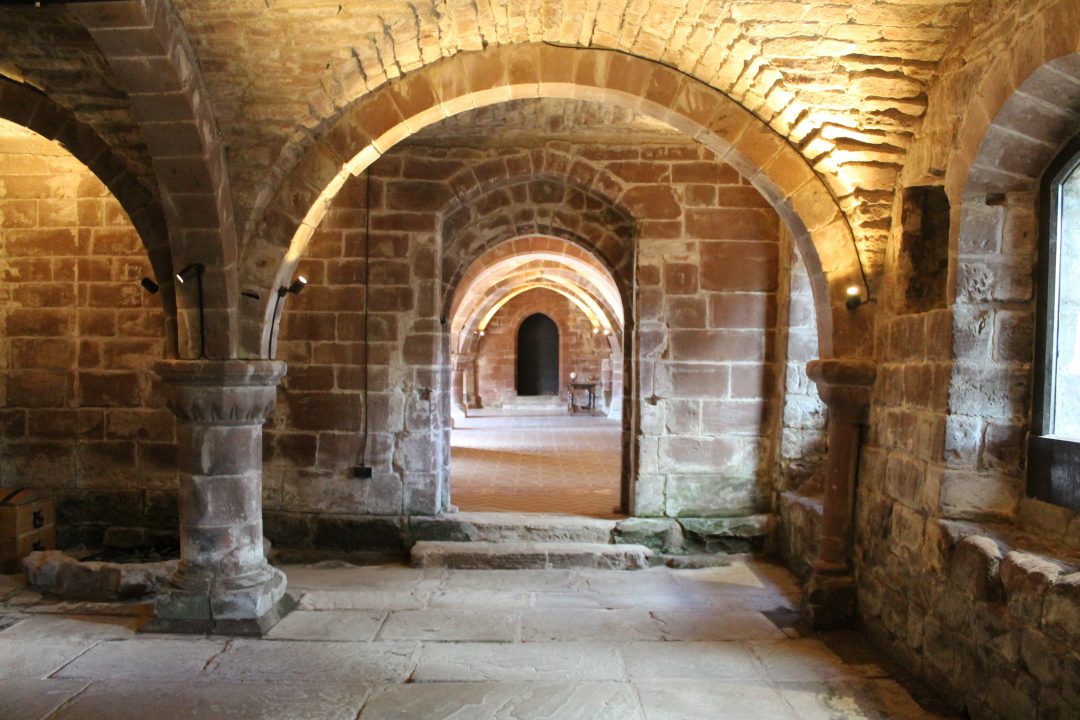
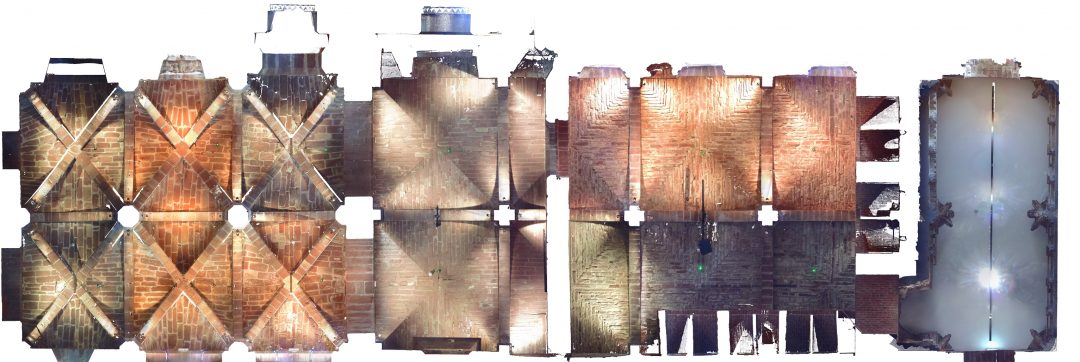
1 Comment
[…] Find out more about how we archive our data and make it available to the public […]